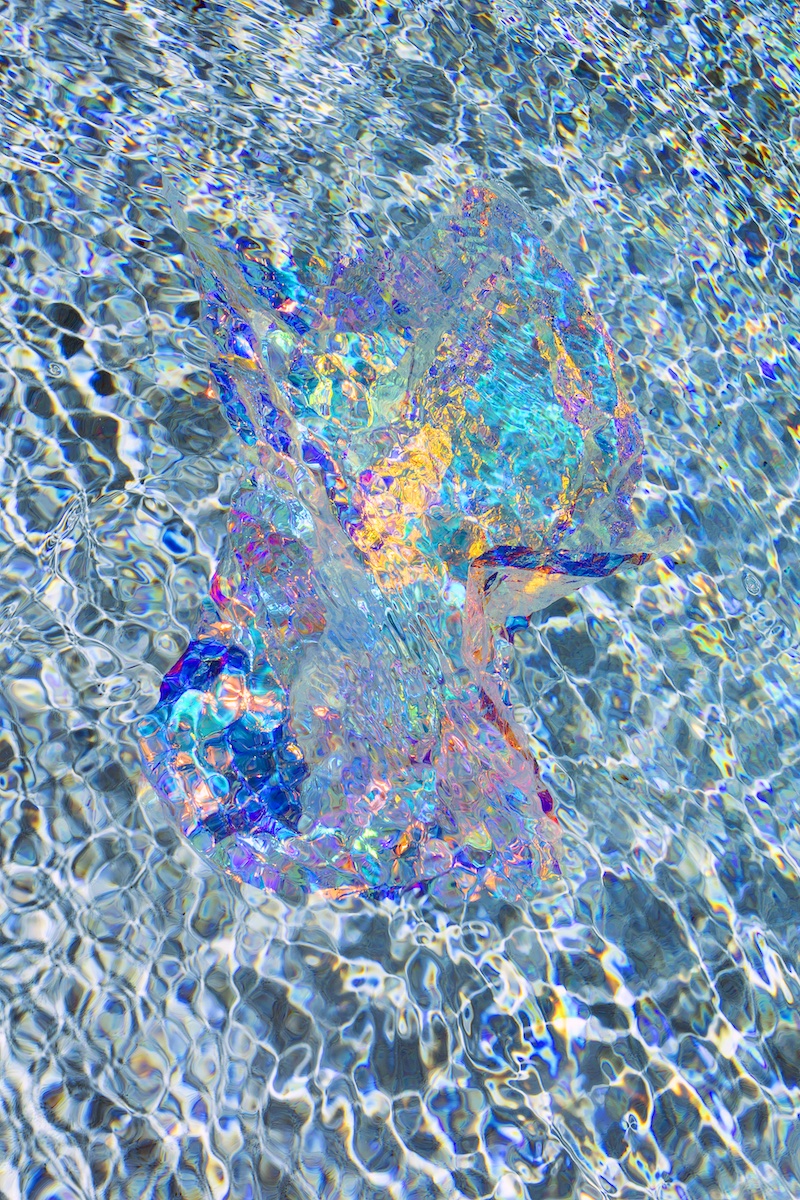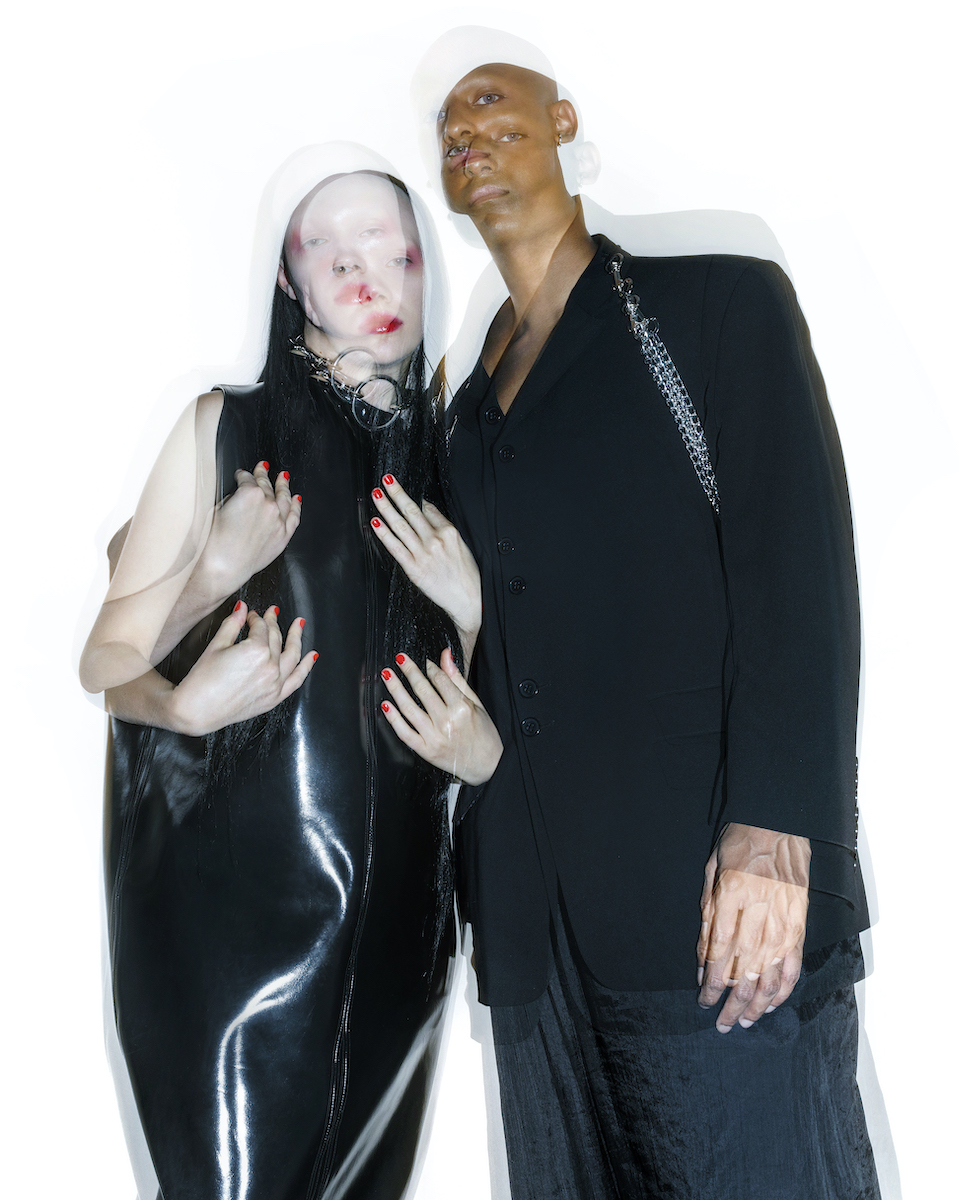Laser focus: capturing unseen dimensions with photographer Jenia Filatova
The world of Moscow-based photographer Jenia Filatova is fast, electric and saturated with colour. Amid the pulses of green and red laser beams, her subjects find themselves distorted, glowing, or sometimes even multiplied into several doppelgangers. Filatova’s practice is all about pushing boundaries of visual experimentation, but it is also about inviting Russia’s young creative community in her own digital playground.
Filatova grew up in the small town of Fryazino in the Moscow region. She had been interested in art since childhood, and took up painting before switching to photography at 15, “because guys from the photography section seemed cool and I wanted to be their friend”. She later studied graphic design and worked as a photographer at the Artemy Lebedev studio, where she gained experience in various fields from portraits to events. At the same time, she also became more interested in developing her own unique take on the medium and way of working.
“I shoot digital because I like the immediacy and the randomness. The effects [you see] in my photographs are never post-production. It’s the result of long exposure, double and triple flashes, prism light filters, lasers, coloured gels, projectors. Looking at images is like opening a Christmas present: there is always an element of surprise and chance,” Filatova says. “I look at a lot of visual content across art, design, and fashion, but I can’t say that it has shaped my aesthetics. It’s more my experiments with light and time. I endlessly love light. It’s the most beautiful thing there is”.
There is also a strong element of improvisation within Filatova’s work. “I rarely prepare for my own shots, and when I do, I often change a lot of things in the process,” she says. “Like it’s not me shooting, but I’m just a vehicle for the process, a stream. Of course, when I shoot interiors, advertising, or food, I follow references and prepare, but I think the main thing in the moment is to truly fall in love with what you are shooting to make the image work — otherwise why do it?”
Filatova also often collaborates with other talents across Moscow’s creative community: fashion labels Ssanaya Tryapka, ZNY and Ustochnuk, musicians Sonic Death and drag queer Lorina Rey. Each day, it seems as if more collaborators are keen to be madeover by Filatova’s vision. “I love shooting talented people and feeding on their energy. I try not to direct them about where to stand what to do, because then they try to improvise and start doing things even they didn’t expect,” she admits. “More generally, I am inspired by friends, and talented intelligent people in various spheres. I am inspired by music, fashion shows, art, Asian markets, communal carriages on sleeper trains, shamans, New York, snowboarding, dancing, food as art, meditation, drawing rabbits and being alone by the sea for a long, long time.”
But despite such a wide pool of inspiration, the photographic process itself remains the most important element of Filatova’s creativity. It is just as much about the happy accidents and intuitive mind work which happens in the studio as it is about what or who is in front of the lens.
“My photography is not about capturing a fragment of reality. The camera is a tool which allows me to expose a state which is impossible to see in real life, and can only be documented through photography,” she says. “Photography is capable of showing something beyond reality. I find it surreal that even the photographer doesn’t know what will come out as an end result.”
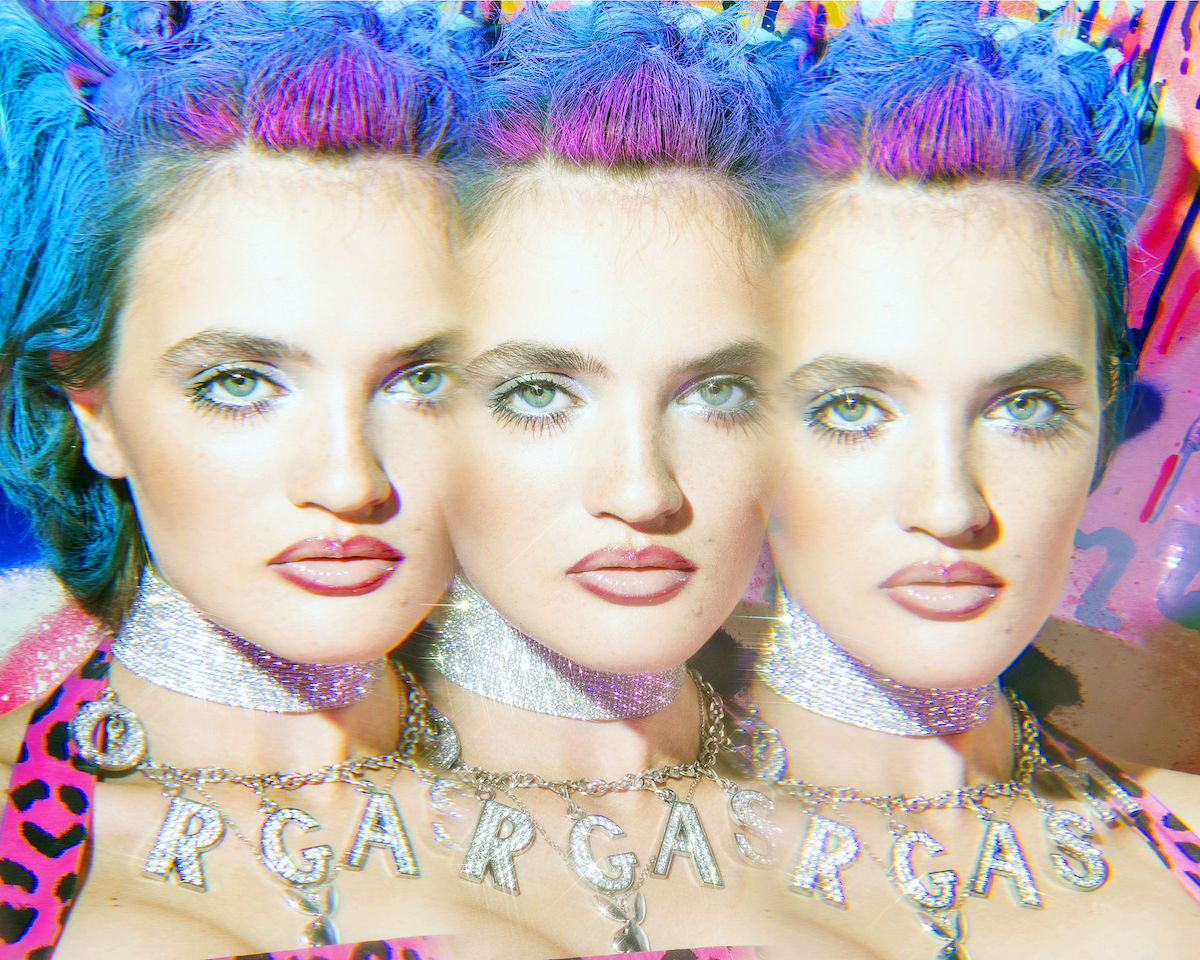

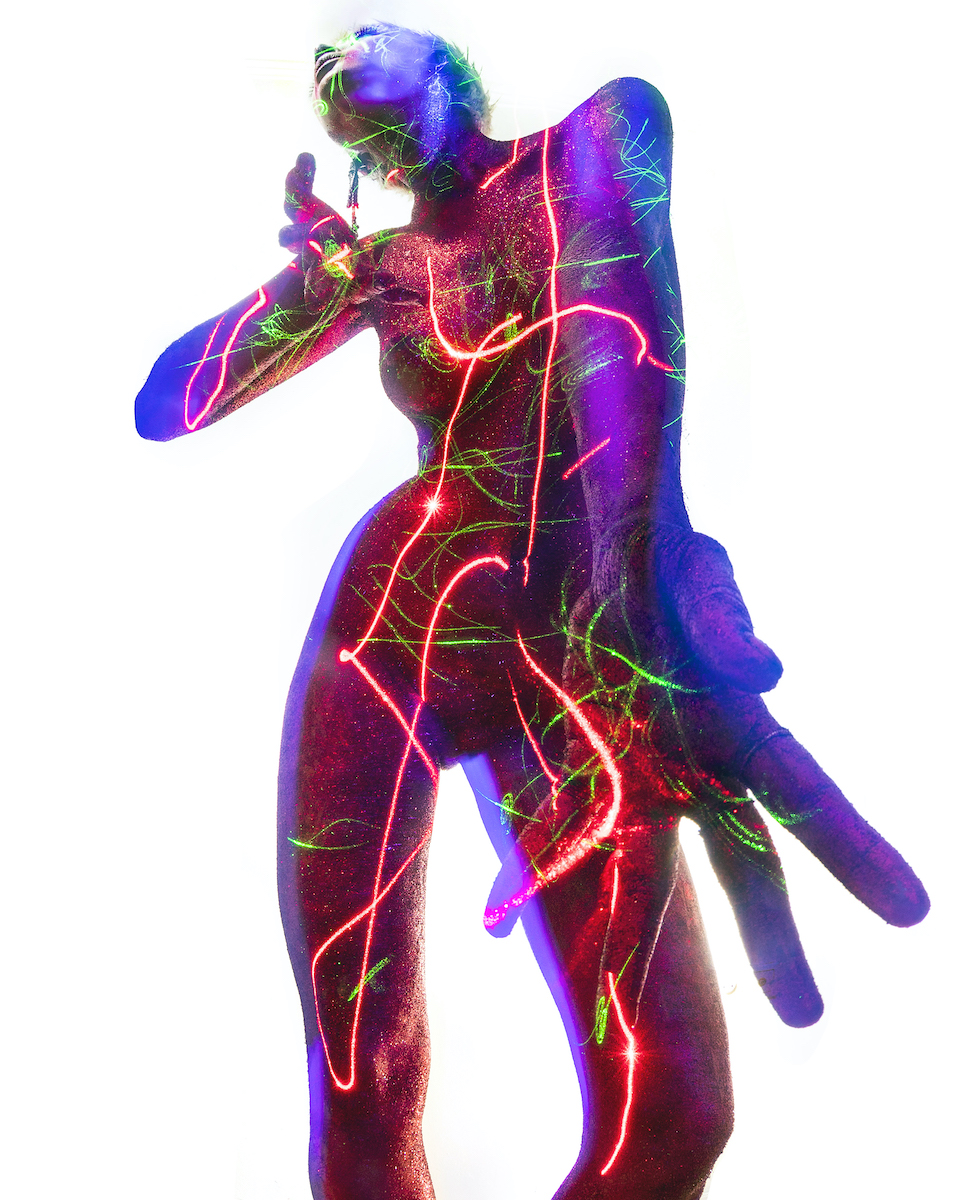
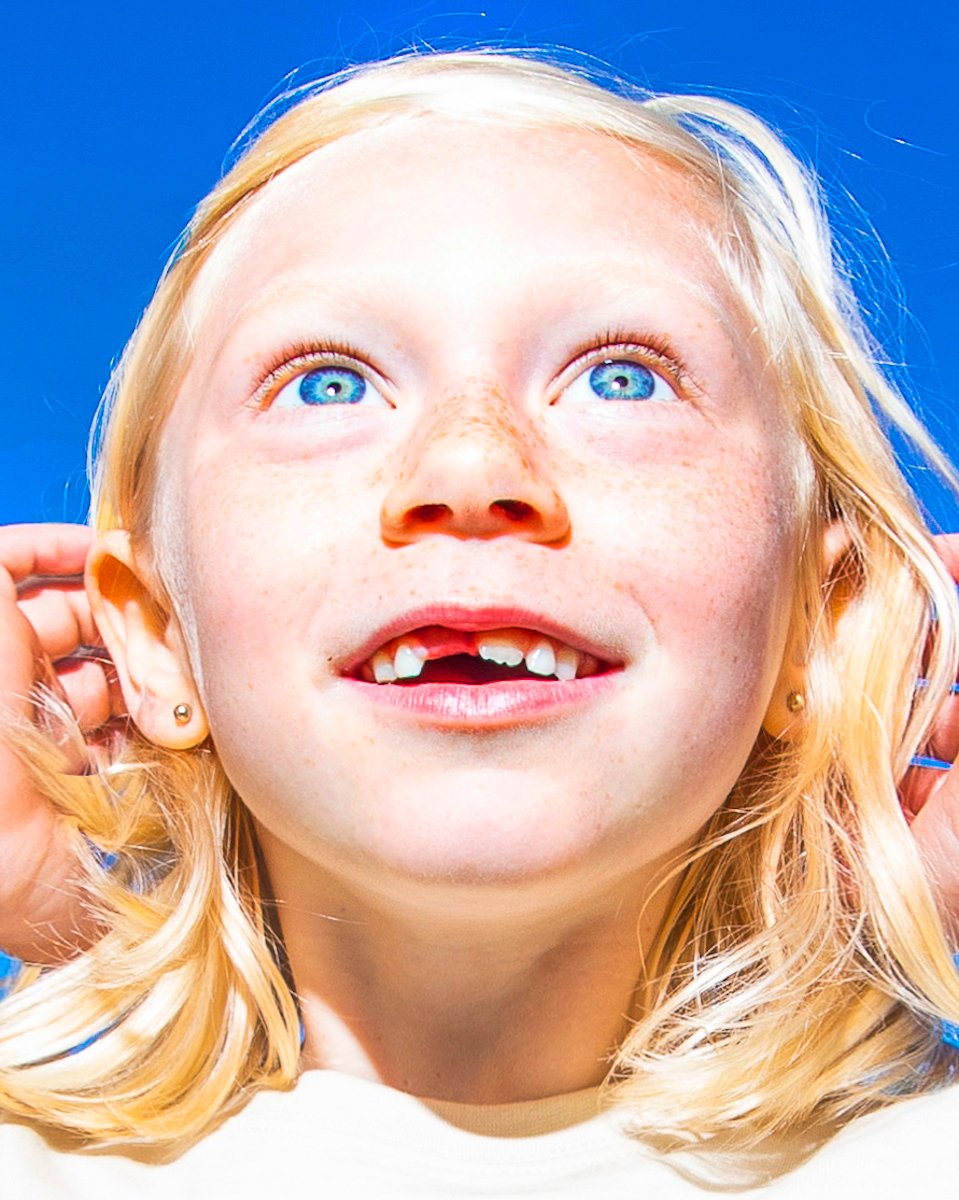
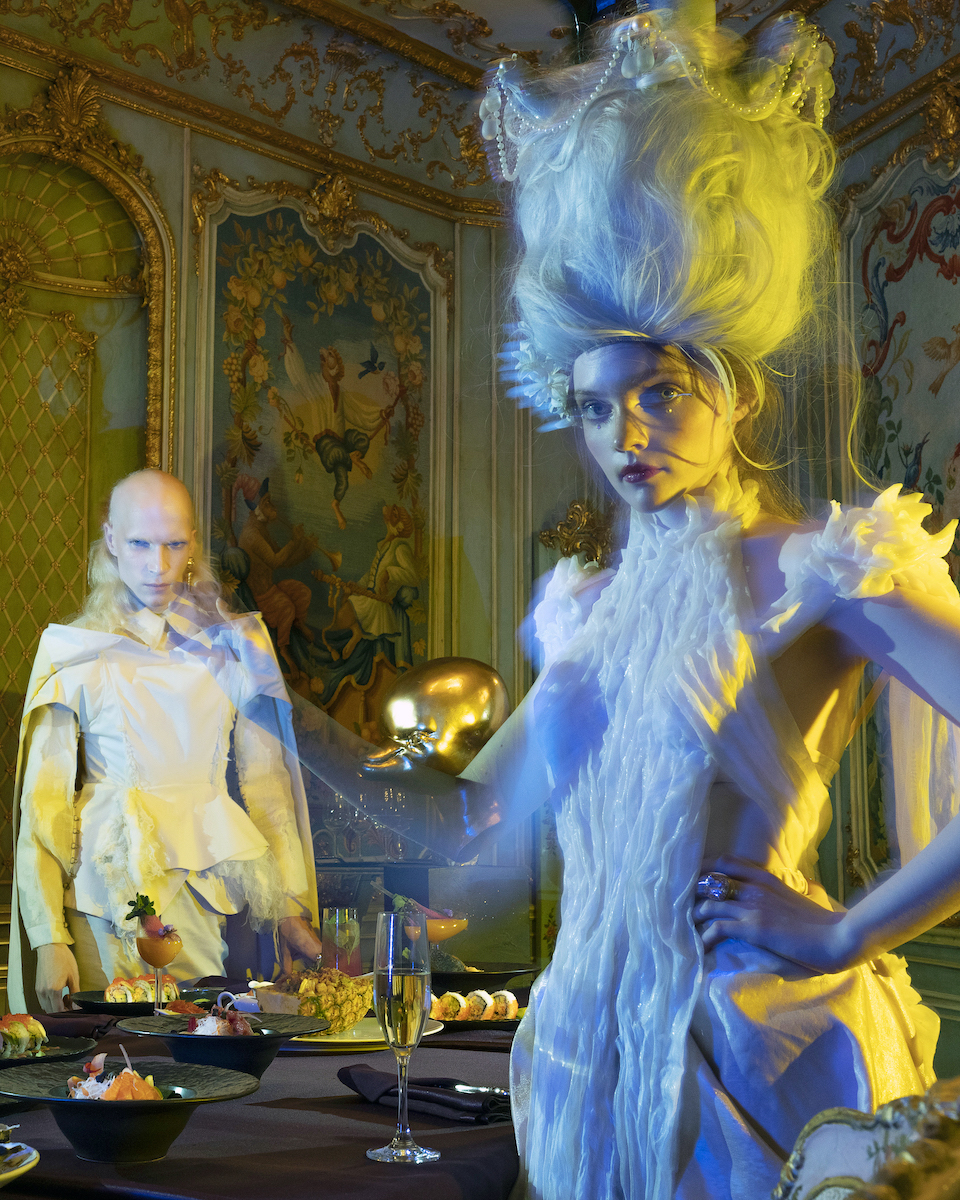
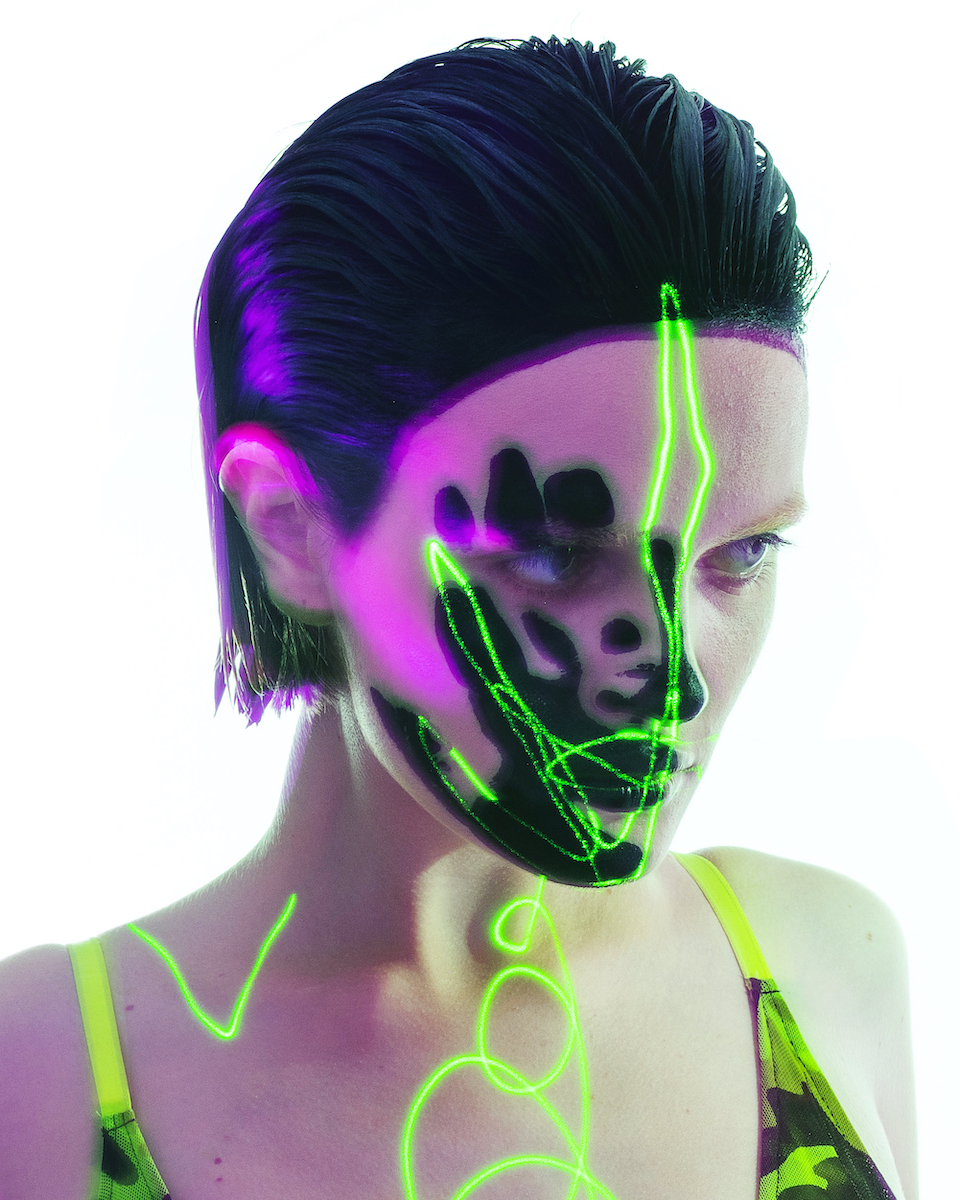
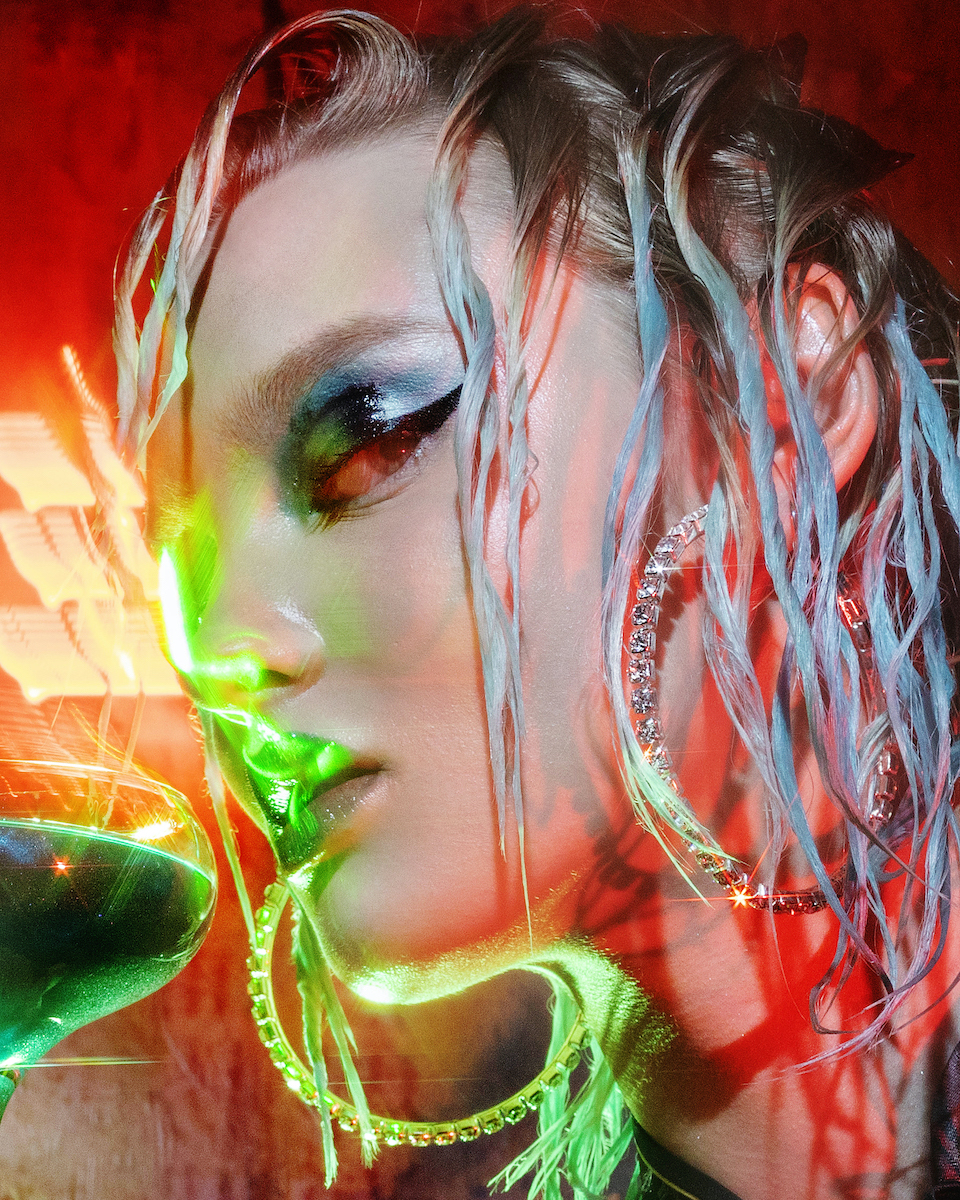
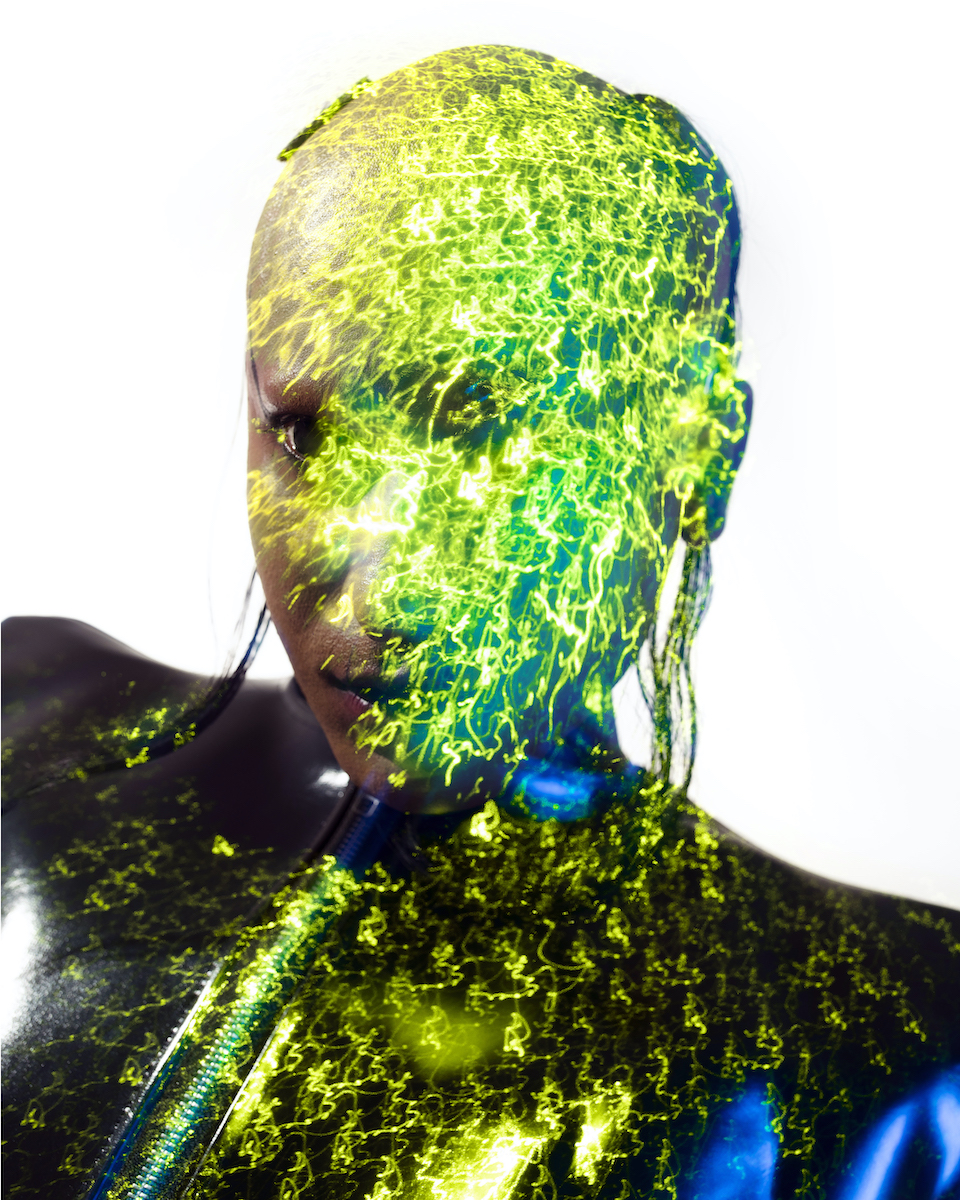
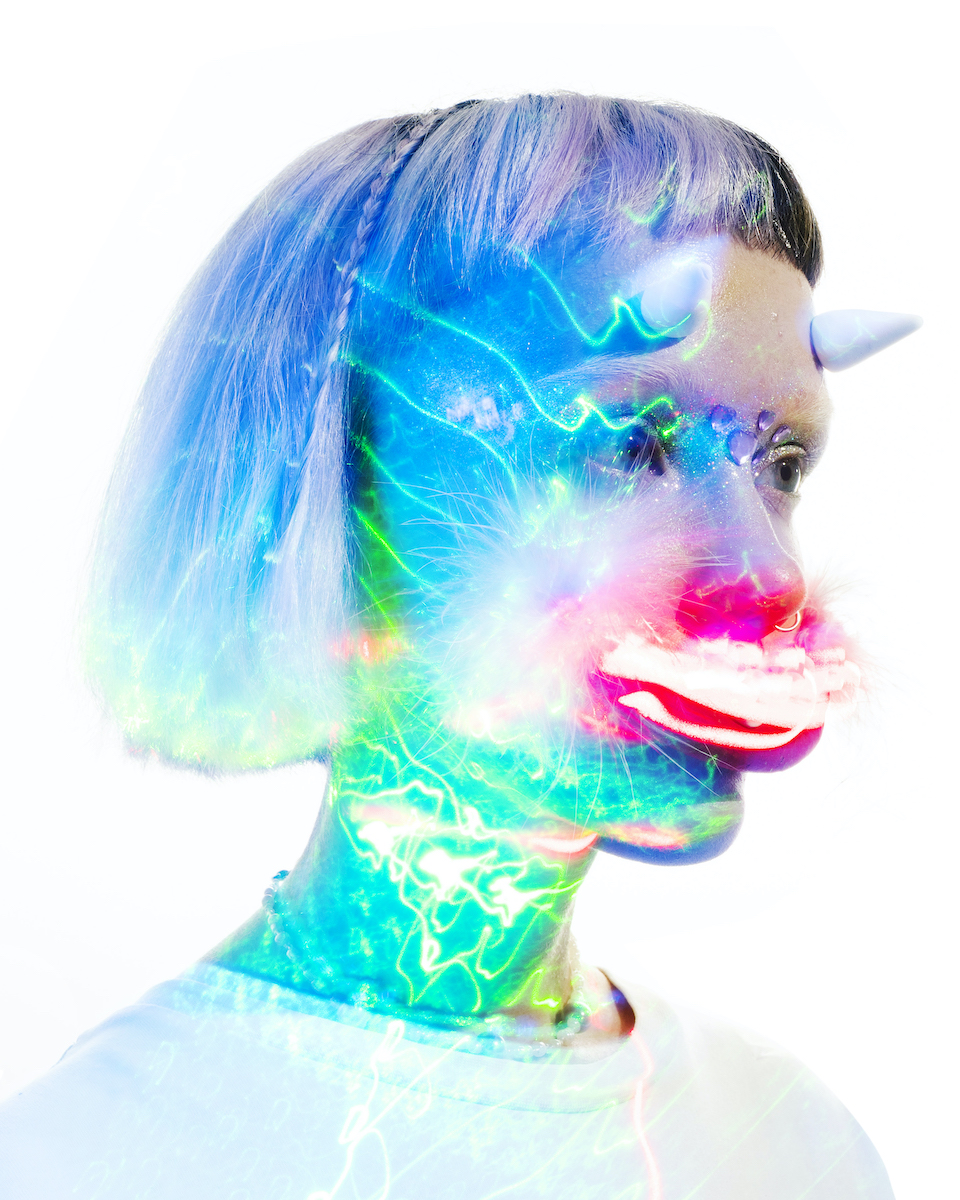
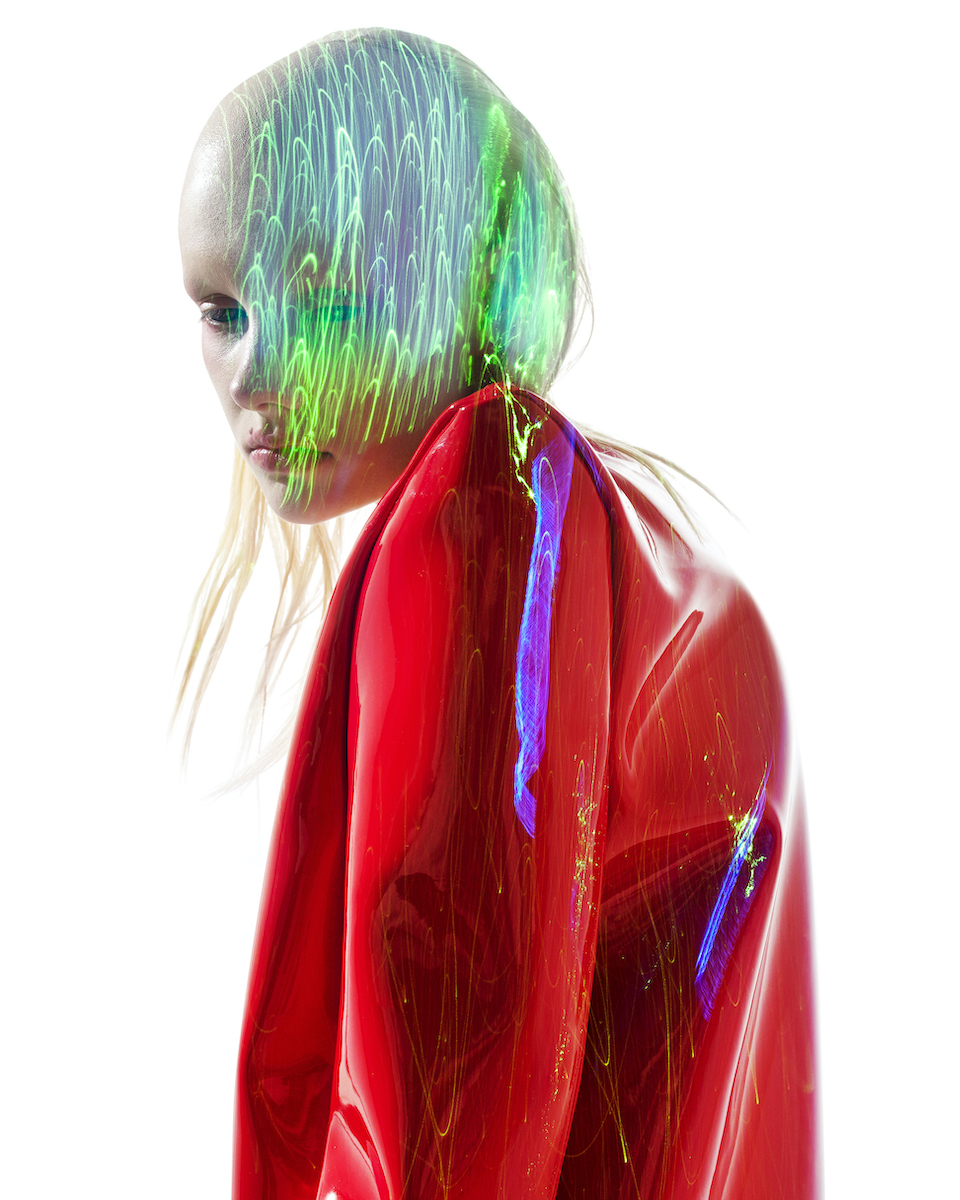
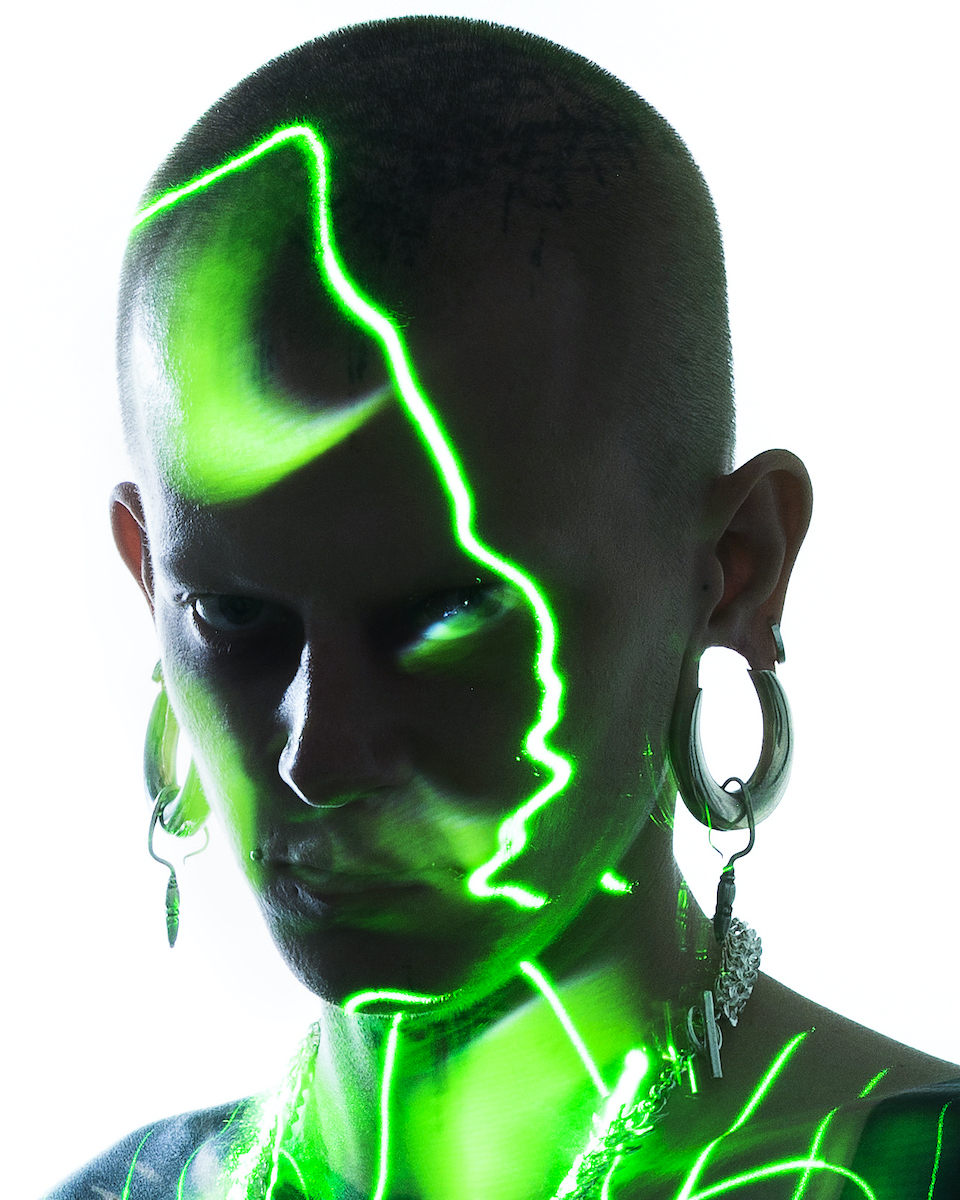
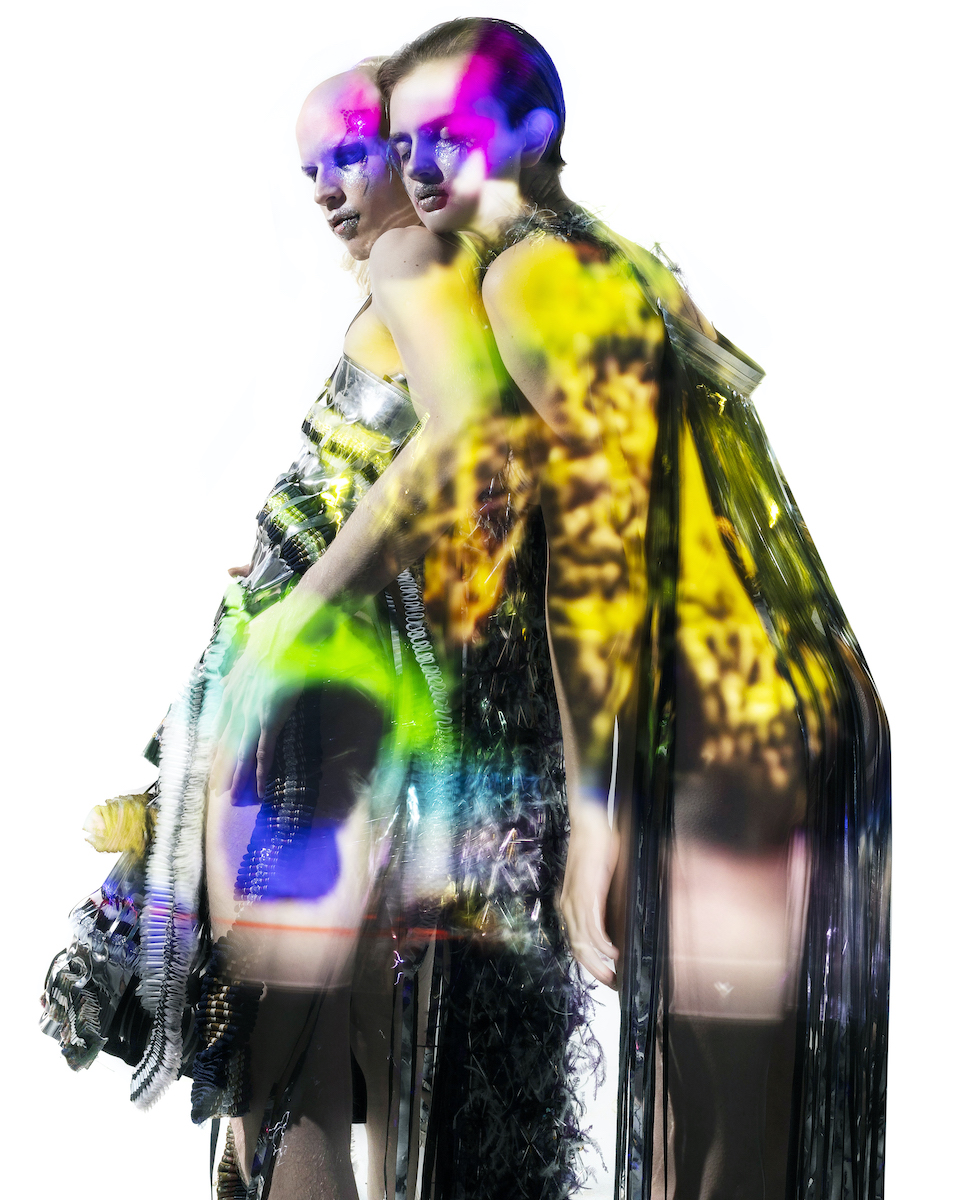
4_copy.jpg)
